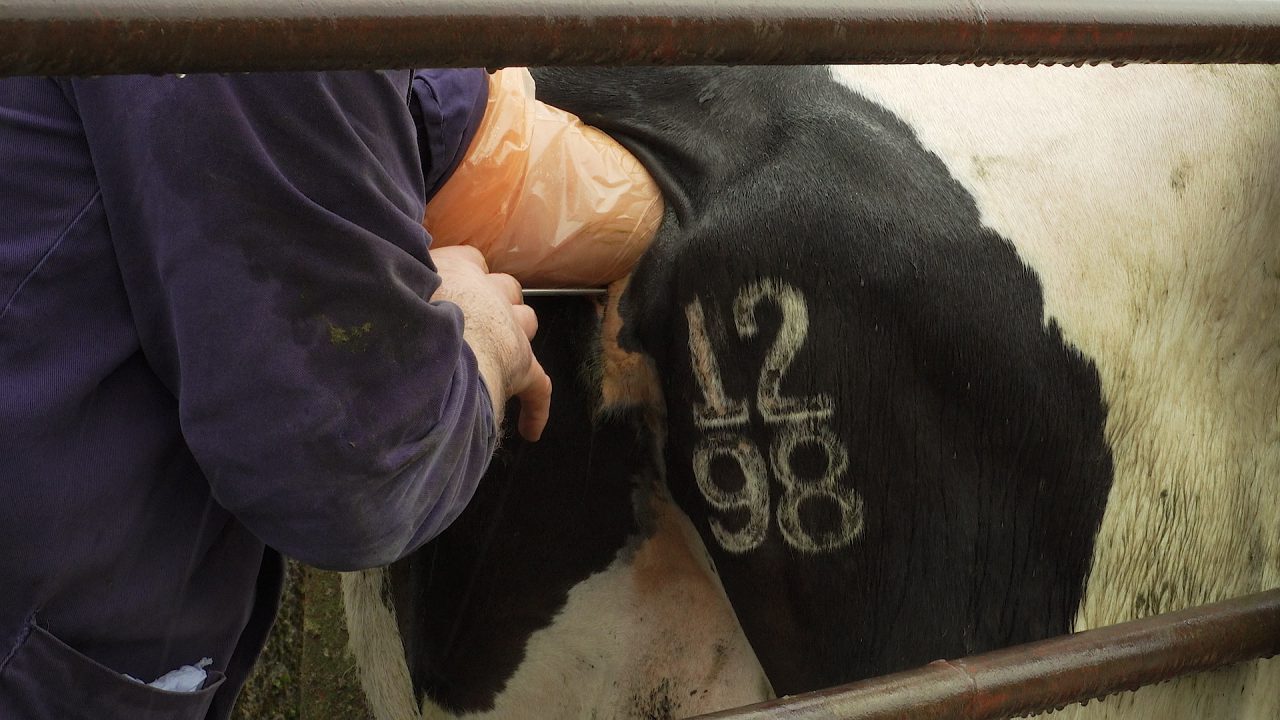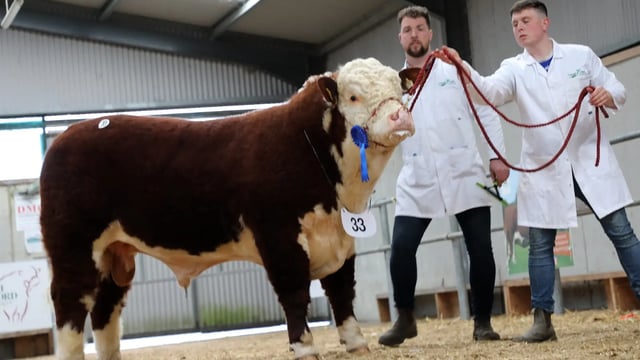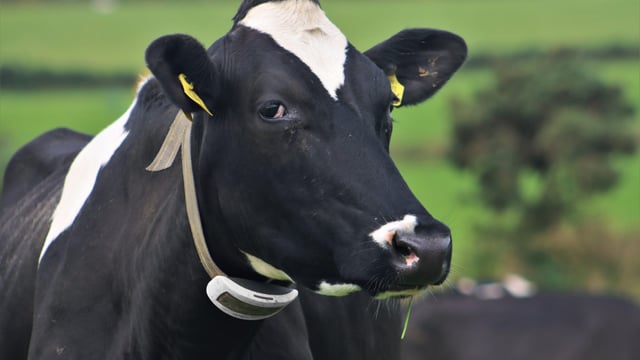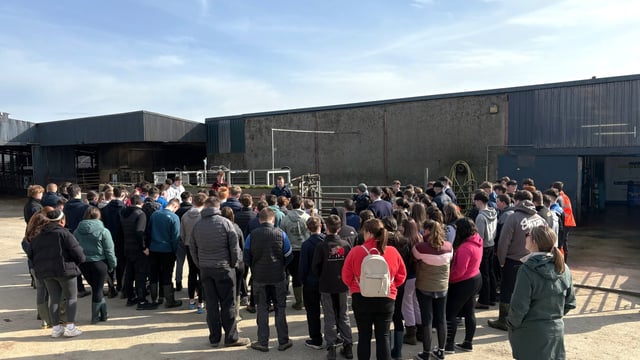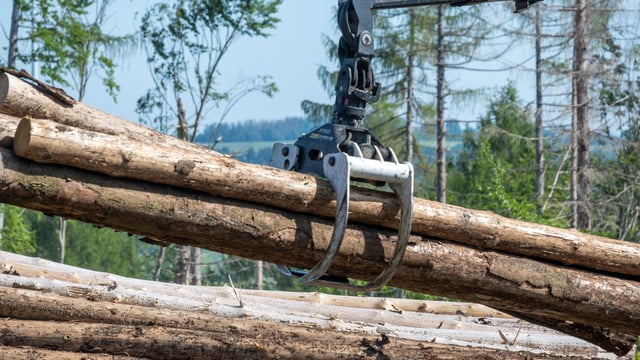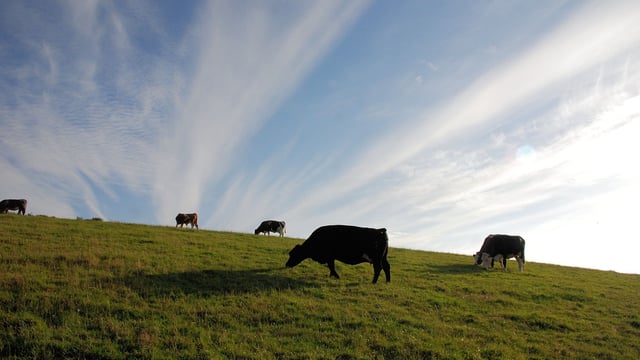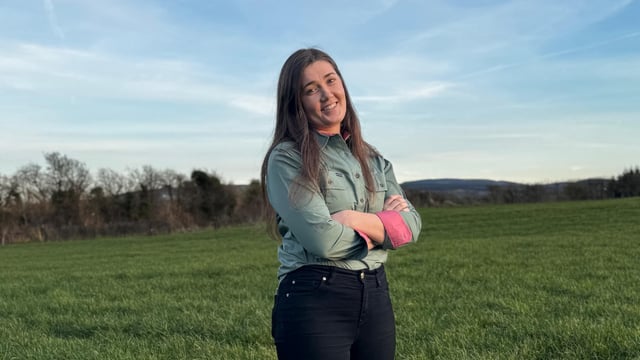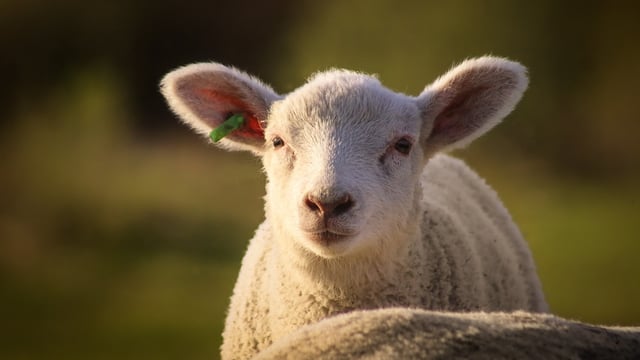Breeding: Being selective to maximise genetic gain
The preparation for the breeding season is well underway on many dairy farms throughout the country as we head towards the end of March.
Using dairy genetics across the whole herd is now a thing of the past as in recent years there has been a strong focus on selecting cows for dairy artificial insemination (AI) and using beef straws for the rest.
This has improved two things inside the farm gate; it has improved the genetic merit of the replacement stock coming through from being selective with the cows and heifers getting dairy AI and it has improved the value of surplus stock being sold off farm.
This year, we have seen a great price being received for all types of calves in marts across the country, as even the Friesian bull calf prices have been very good.
However, even at a time of trade improvement, the quality, high-beef-merit beef calf is worth double to triple the value of a Friesian bull calf which highlights the need to use more high dairy-beef index (DBI), quality beef straws.
This should be done once the number of dairy AI straws that are necessary to produce the number needed for replacements is used.
These dairy straws should be maximising the genetic gain of your replacements and selection should be based on the dam as much as the bull as they will both add half of the genetic gain.
Breeding
There should be a major focus placed on maiden heifers, as they are most likely going to be the high genetic merit stock, while you should also be aware of how many cows and straws will be needed to get the number of replacements required for the farm.
Some farmers may be reluctant to use dairy straws on heifers as a heifer naturally has a smaller calf but it should not be too difficult to add around 10kg which may be the difference at birth onto a calf over a 13-15-month-period, before breeding.
By putting a beef straw onto that heifer, you are not only losing the potential genetic gain from the heifer but producing a smaller beef calf making it impossible to make up that figure of 10kg before selling the calf at around three weeks-of-age.
The best cows in your herd should be used to generate your replacement heifers as well by using the data available to you to select these animals. Being selective will accelerate the genetic gain within your herd.
Farmers should have an understanding of what needs to be improved in the herd. There may be a need to place emphasis on improving milk solids, or there may have been a disappointing empty rate in the previous year and fertility may have to be looked at.
When selecting your dairy sires, each herd will have a different criteria but the main focus should be improving what you get paid for, which is milk solids.
There should also be a focus on the health sub-index as healthier cows remain in the herd for longer which will reduce costs and replacement rates.
The live weight of your cow may have gone too high or too low, which can be addressed by focusing on maintenance figures. TB could be a problem in your area which may require a more TB resistant cow to be bred.
The point is, not every bull, even the highest Economic Breeding Index (EBI) bulls, is going to suit every farm or system.
Likewise, not every cow is going to be suited to breed your replacement heifers and so the milk recordings should be used to rank the most suitable cows for dairy AI.
The report generated, depending on the amount of information it is fed, will show a full herd comparison which considers production costs, dry periods, and month of calving, which will then highlight the best cows.
Dairy-beef
The selection of dairy-beef bulls should be carefully considered as the bull choices will have a huge impact on the dairy beef finishers as performance, grade and weight.
While it is important to go for an easy calving bull to limit any problems at calving, it is also crucial for the dairy farmer to choose on beef traits also.
The DBI is made up of three elements: calving; beef; and carbon. Focusing on one of these traits alone will create the risk of leaving one behind.
So, farmers should select a bull with a calving difficulty of comfortable handling which will then allow for a focus on the beef index.
At a given calving difficulty, there can be a significant range in terms of carcass weight in terms of carcass weight and calving difficulty.
While an easy calving bull is desired, there should also be a focus to have a bull with good carcass performance to strike a balance within the DBI.
All bulls selected should be discussed with your breeding advisor to see what suits your herd.
Teagasc is hosting a number of events across the country as part of its 'Breeding Week 2025'. You should take this opportunity to see where there is an event near you to pick up new tips and advice for the upcoming breeding season.
The purpose of Breeding Week is to provide timely reminders to farmers on important genetic and technical issues underpinning a successful dairy breeding season.

